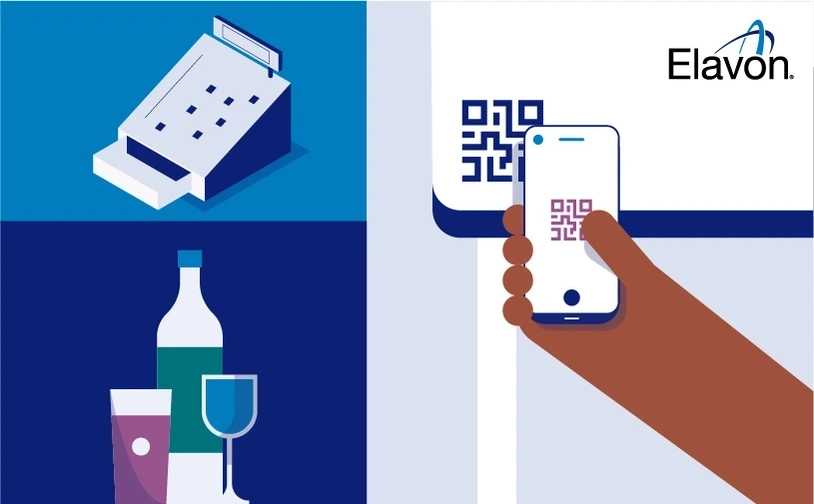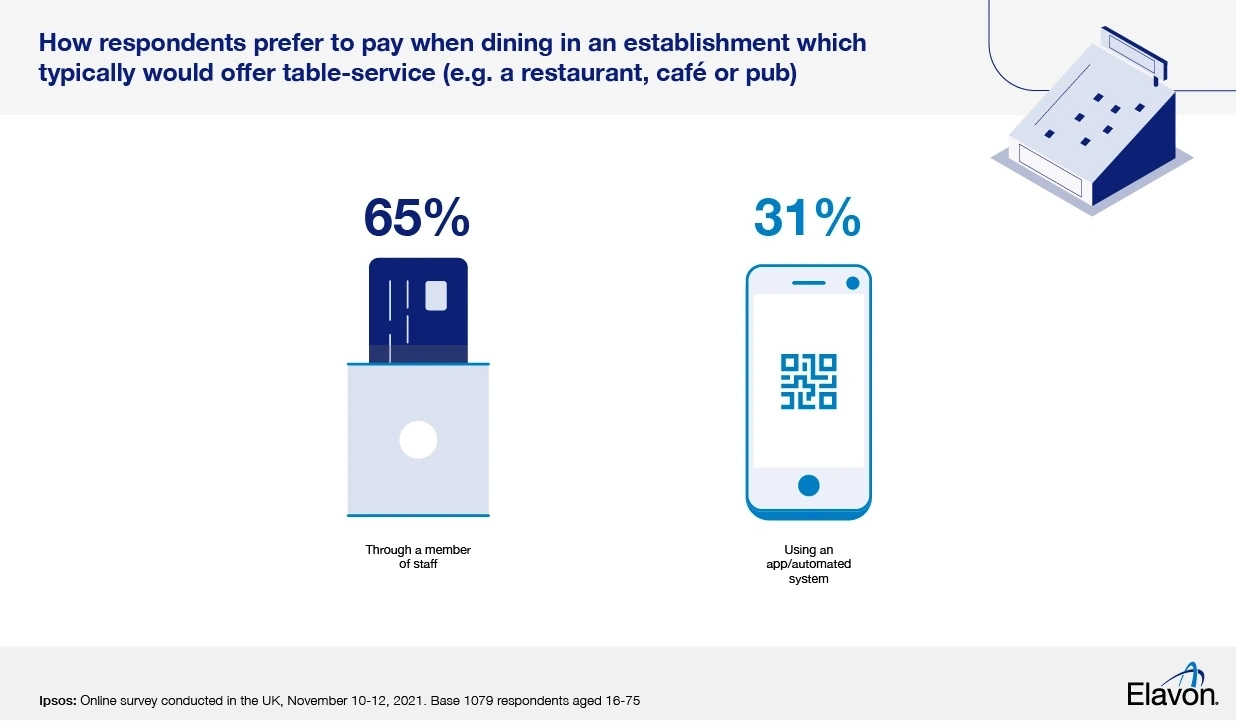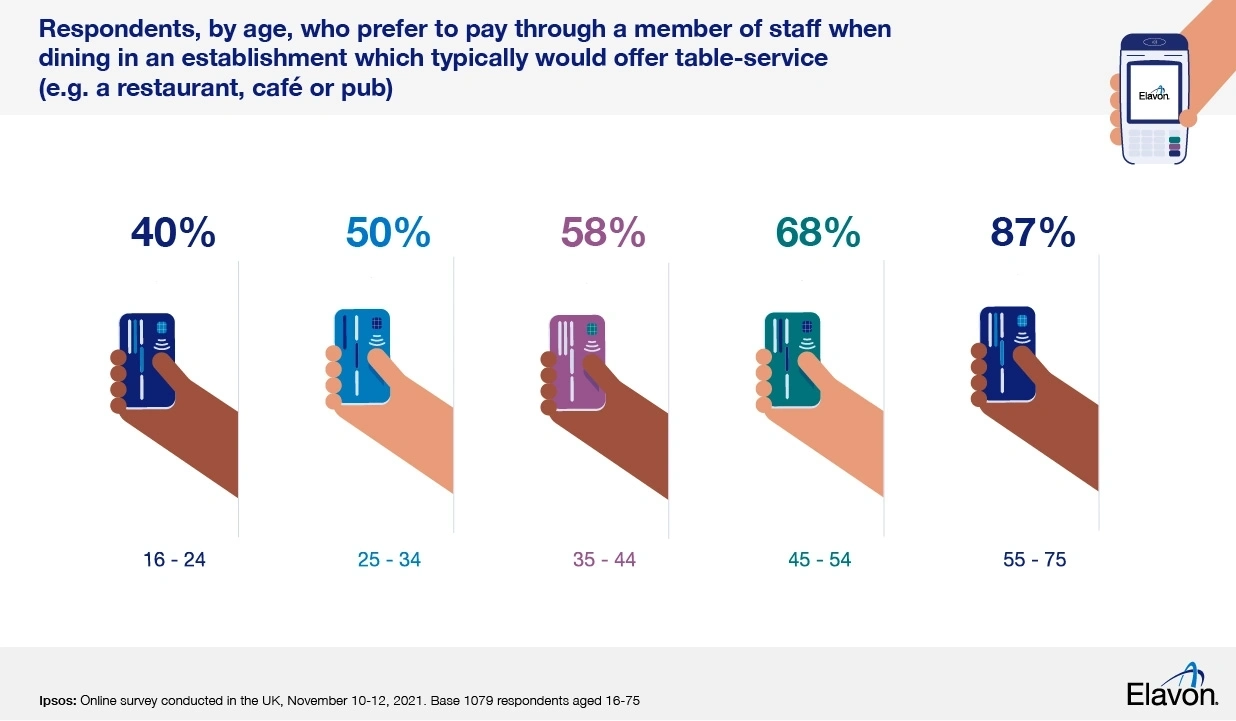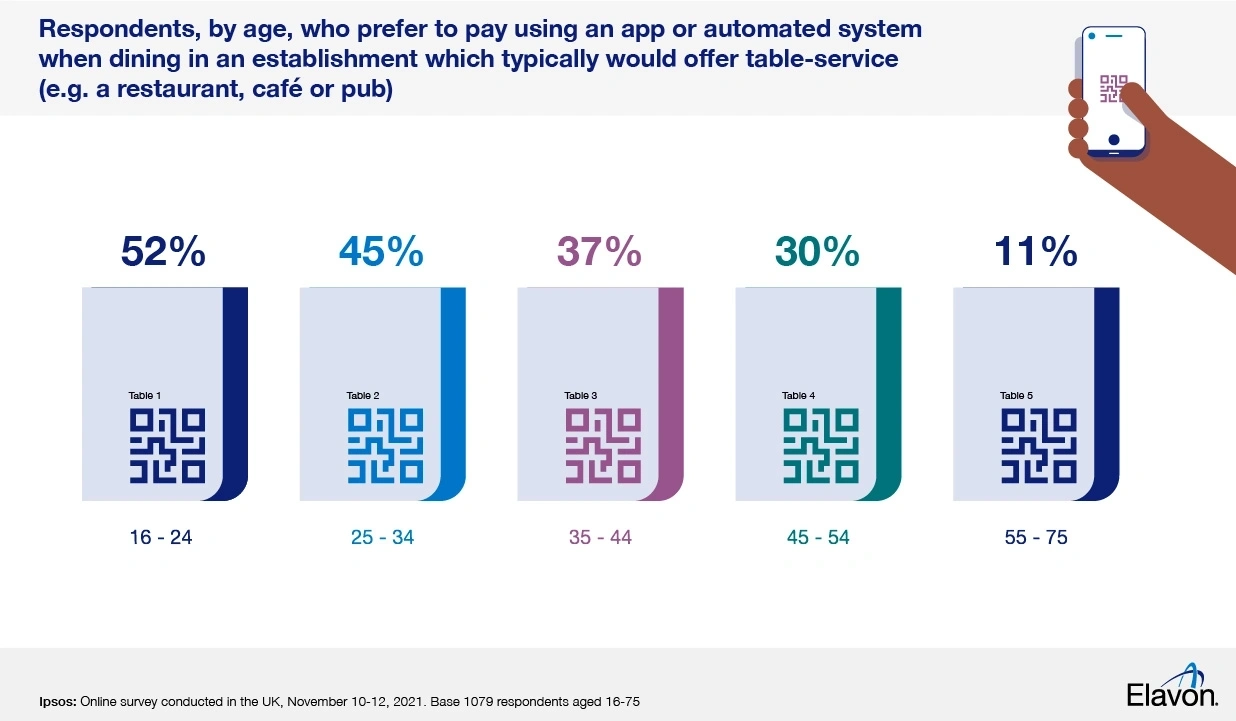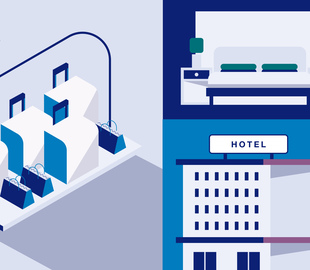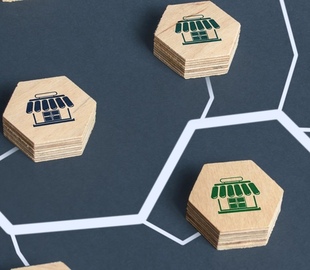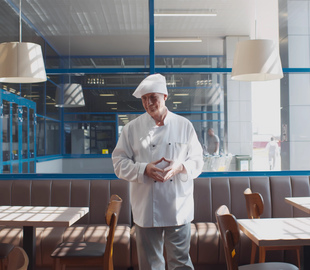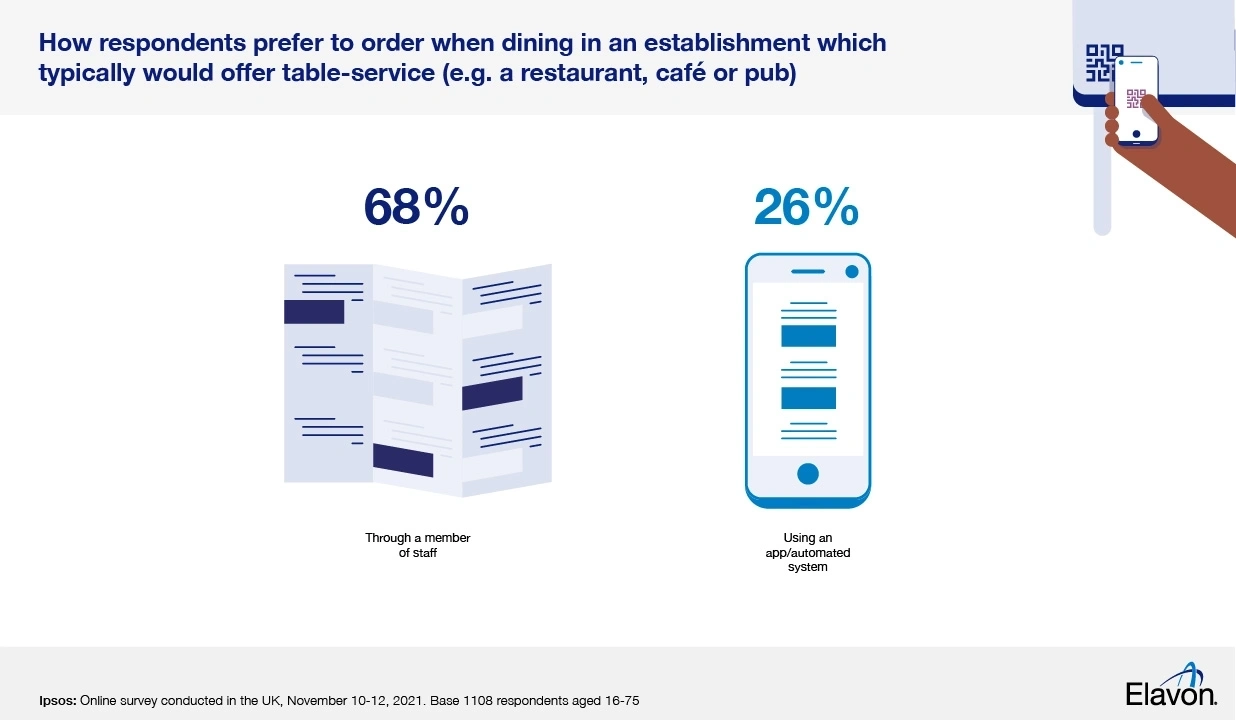
As diners return to restaurants, cafes and pubs, the dining experience has, forever, evolved.
Although your menu might not have changed, how people order and pay had to, initially, for the safety of your customers and staff. But, if you thought QR codes and ordering apps were just having a moment, you might need to consider their use long-term.
Understanding how your customers want to order and pay for their meals when dining-in is vital to getting them to the table. This is compared to a fast food setting, when the diner journey of placing an order and paying are often combined into one transaction.
If you’ve too much on your plate to ask them, don’t stress, we’ve done the research for you.
We surveyed more than a thousand adults, aged 16-75, online in the UK between November 10-12, 2021 with market researchers Ipsos. The trends the results reveal might surprise you.
“QR codes felt like the development that never quite fully launched. Until the pandemic brought it to the fore for ordering, paying, accessing discounts or specials, or even to peruse the digitally updated menu as customers prepare to order,” says David Wheatcroft, Head of European Hospitality.
When it comes to settling the bill, paying preferences are broadly similar with almost two thirds (65%) preferring to pay direct to a member of staff, while a little under a third (31%) prefer to pay in a non-face-to-face method, via an app or automated system, such as a self-service stand.
Generational gap
There are some interesting trends to note when we delve into the differing age groups of the UK’s diners. It demonstrates the importance of striking the right balance between face-to-face and non-face-to-face customer service.
Think of how we used to eat out; sitting down at our favourite restaurant, looking at the menu, and ordering our meal through a member of staff coming to our table. After devouring a main and perhaps even a dessert, we’d ask for the bill. The staff would bring it to us, and we’d pay right there at the table. Traditionally, with cash. More recently, wireless card machines would be brought to the table.
“If you know your target audience, you can tailor the ordering and payment journey to best place yourself for their business and loyalty.” David Wheatcroft, Head of European Hospitality.
“Explain this concept to my teenaged children and they might find it absurd,” says David.
“However, there is still a large segment of the population that want the sense of security that comes with ordering via a real person, and often the smile that comes with that service. So it’s important not to forget about those customers, and to offer a variety of methods to order and pay for a drink or a meal.”
Of the 55-75 age group, more than four out of five (84%) still prefer to order through a member of staff, and almost nine out of ten (87%) prefer to pay the same way. Just one in ten (10%) of that same age group prefer to order using an app or automated system, and slightly more (11%) prefer to pay this way.
Compare that to the 16-24 age group who have grown up using technology such as smartphones and smart watches; almost half (48%) prefer to order using an app or automated system, as do 37% of the 24-34 group. When it comes to paying, those figures jump – 52% of 16-24-year-olds and 45% of 24-34-year-olds prefer to pay without the assistance of staff.
This preference for apps and automated systems continues to diminish as the age groups rise.
“What does this mean to a restaurant, café or pub? It means if you know your target audience, you can tailor the ordering and payment journey to best place yourself for their business and loyalty,” says David.
“A lot of younger people prefer the speed and convenience of ordering and paying for a meal in the palm of their hand, or with minimal interaction with wait staff. That’s why adopting QR codes has been a great success for many venues, as has introducing ordering and payment apps deliberately built for this sector. Native users of technology expect to see these in modern venues.”
“Modern payment systems help. We provide solutions that address all of the demands of your diverse customer base. Whether this be through in-app ordering that tracks the progress of orders coming from the kitchen, to splitting bills, sending email receipts digitally and ensuring staff get their share of tips”, says David.
If you want to talk to us about how a modern payments system can benefit your business, talk to our team.
We commissioned this same survey in other countries too, which may interest you:
We asked these same questions to 1000 adults in Ireland and 1098 adults in Poland
The research was conducted on i:omnibus, Ipsos’ online Omnibus.
- Online interviews were carried out amongst adults aged 16-75 in the UK.
- Our total respondents base includes 1,108 adults who completed the survey November 10-12, 2021
- The sample obtained is representative of this population, having met quotas on: age, gender, region and workings status.
- The data has been weighted to the known population profile by age within gender, region, education, working status and social grade to be nationally representative and reflect the adult population of the UK.

